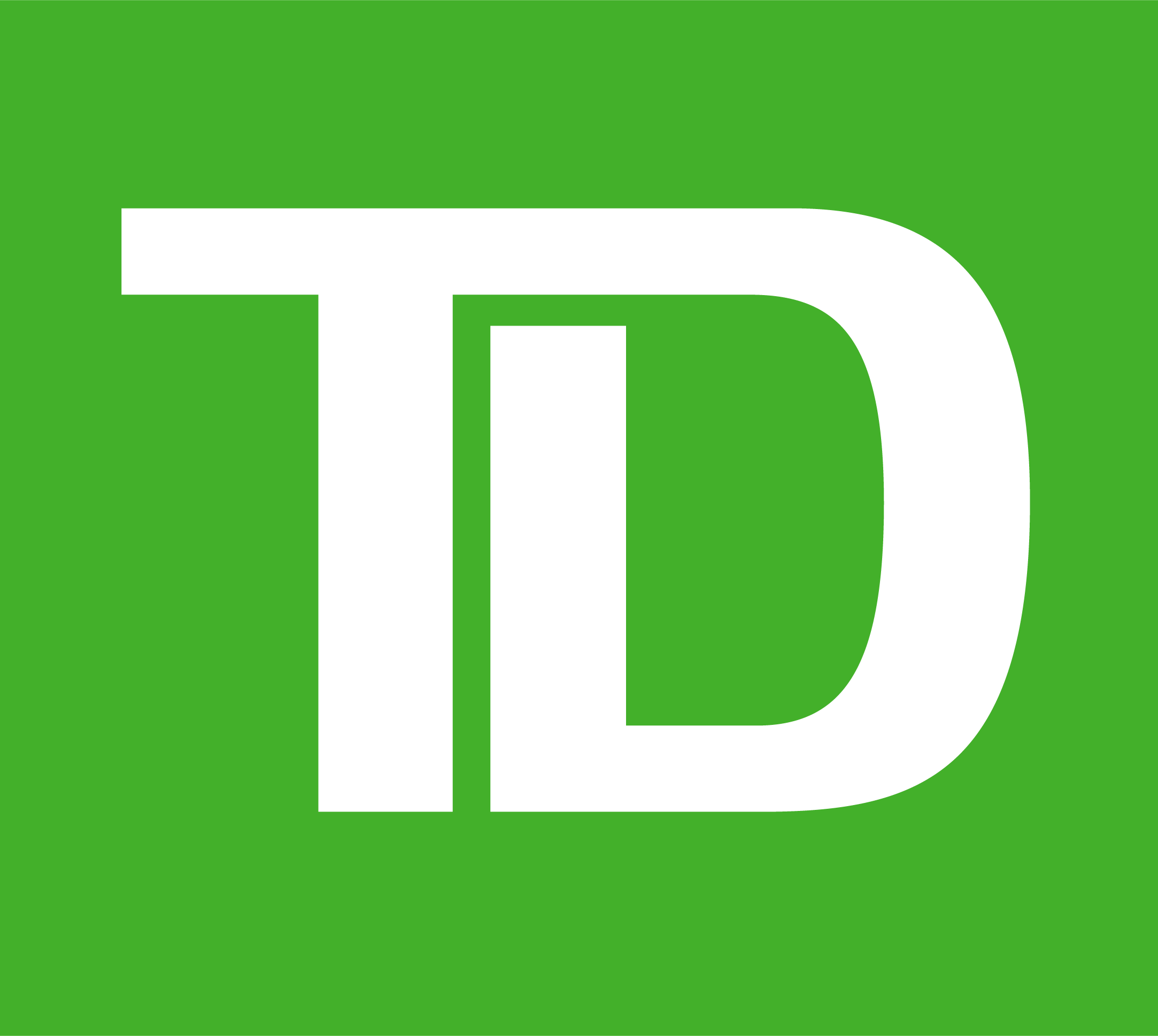
Budgeting for Small Business Success: How to Take Control of Your Money


This blog post is part of Money Mentors’ F.R.E.S.H. Program, proudly sponsored by TD Bank.
Being self-employed can be incredibly rewarding, but let’s face it, managing money when your income isn’t consistent can be stressful. One month might be booming, and the next you’re scrambling. Add to that the challenge of juggling personal and business finances in one mental bucket, and it’s no wonder many entrepreneurs feel overwhelmed.
But here’s the good news: with a few systems and simple habits in place, you can bring structure to your finances, reduce stress, and actually free up energy to focus on what you do best – running your business.
This guide walks you through the essential steps for budgeting as a small business owner or solopreneur. It’s not about being perfect, it’s about creating systems that work for you.
Why Bother Budgeting?
Let’s start with the obvious: budgeting isn’t exactly thrilling. But its impact is powerful, especially when you’re your own boss.
Here’s what a solid budgeting system can do for you:
- Keep you on track financially, even when income fluctuates
- Reduce stress by giving you a clearer picture of your money
- Improve your cash flow, creditworthiness, and decision-making
- Help you separate emotion from information when making financial calls
Most importantly, there’s no “one right way” to budget. The best method is the one that fits your life, your habits, and your goals.
Start by Getting Organized
The first step to a healthier financial life is getting organized. That means physically or digitally sorting out your documents and separating personal from business finances. Many entrepreneurs keep everything in one place, and that’s a fast track to stress.
Here’s what to organize:
- Monthly expenses: Separate personal (rent, groceries) from business (software, materials).
- Bank accounts: Have separate accounts for personal and business use.
- Taxes: Keep records clean and accessible for easier filing.
- Utilities: Only include business utilities if they apply.
- Insurance: One folder for personal, one for business.
- Credit products: Keep track of which loans or cards are for business vs. personal use.
- Legal documents: Any permits, contracts, or incorporation papers.
- “In Case Something Happens” doc: A one-pager with key info your family or business partner would need if you were suddenly unavailable.
Maintaining this system monthly (not just during tax season) prevents overwhelm, keeps you proactive, and gives you peace of mind.
Track Your Spending: Where Does It All Go?
Ever found yourself wondering, “Where did all my money go?” Or worse—realizing you’ve got two weeks left in the month and not enough cash to get through it?
The best way to get clarity is to track every dollar you spend, for just one month.
Yes, it’s tedious. But it’s incredibly eye-opening. Often, what we think we spend and what we actually spend are two very different things.
You can track your expenses using:
- A pen and notebook (old school but effective)
- A spreadsheet or Excel
- A budgeting app (just be cautious with those that access your bank info directly—they can affect deposit insurance protection)
Every time you spend over $0.10, write it down. At the end of the month, you’ll have a real picture of where your money is going—and can start adjusting based on facts, not guesswork.
Understand the Types of Expenses You Have
When you understand your spending categories, you can start managing your money in a smarter way. Break it down like this:
- Fixed expenses: Same amount, same day every month (e.g., rent, insurance)
- Variable expenses: Different amounts and dates (e.g., groceries, gas, entertainment)
- Irregular/Seasonal expenses: Expenses that come up occasionally, like birthdays, holidays, vet visits, or school supplies
- Savings expenses: Yes, savings is an expense! Emergency fund, retirement, and short-term goals all belong here
- Business expenses: Anything directly related to your self-employment or small business
Having these categories clear helps you plan more accurately and avoid surprises.
Use the Multiple Bank Account Method
One of the most effective budgeting strategies is the multiple account system. This helps you allocate money intentionally and reduces the temptation to dip into funds that aren’t meant to be touched.
Set up accounts for:
- Fixed bills – For rent, subscriptions, insurance, etc.
- Variable expenses – For groceries, gas, dining out, etc.
- Irregular/Seasonal expenses – For things like holidays or annual memberships
- Savings – Emergency fund, long-term goals, etc.
- Business – Keep business transactions completely separate
Each payday, move the appropriate amounts into each account based on your pay frequency (weekly, biweekly, monthly). If your rent is $1,200 and you’re paid biweekly, transfer $600 each time into your fixed bills account.
Set it up once, then let the automation work. Set it and forget it. Just don’t spend from the fixed bills account—it’s not a spending account, it’s a holding account for bills to be paid.
What If Your Income Is Irregular?
Welcome to the reality of self-employment. If your income goes up and down, try this approach:
Use a holding account. All business income goes into this account. From there, you pay yourself a set amount – weekly, biweekly, or monthly – just like you’re your own employee.
This smooths out the bumps. High-income months pad the account. Low-income months draw from the padding. Either way, your personal spending remains stable, and your stress drops.
Credit Matters—Even for Entrepreneurs
Many self-employed folks rely on personal credit to run their business. That makes understanding your credit report and credit score essential.
Here’s a quick breakdown:
- Your credit report is a history of your credit products and how you’ve handled them (e.g., payment history, balances, missed payments).
- Your credit score (300–900) predicts how likely you are to repay debt. Higher = better.
- Payment history and debt usage make up most of your score, so pay on time and keep balances under 50% of your credit limits.
Want to improve your credit?
- Always make at least the minimum payment
- Keep credit utilization low
- Consider a secured credit card or using a card just for Netflix with auto-pay
- Avoid applying for too many new credit products
And remember—credit can bounce back. You’re never stuck for good.
Keep Your Business Finances Separate
Mixing business and personal expenses is a recipe for confusion. It’s worth repeating: separate your accounts.
- Use a dedicated business bank account and credit card
- Keep detailed, organized records of expenses and receipts
- Log and sort expenses monthly, not annually
- Digitize your receipts and store them securely
Doing this doesn’t just make tax time easier—it saves you mental bandwidth, prevents errors, and gives your accountant fewer reasons to charge extra.
Build a Safety Net with Simple Saving Habits
Even small amounts of savings can turn a crisis into an inconvenience. You don’t need to put away thousands at once—just start with what you can.
Try one of these:
- $39 per paycheque (biweekly) = Over $1,000 in a year
- 52-week challenge: Save $1 the first week, $2 the second, etc. = $1,378/year
- Dime-a-day challenge: Save 10 cents more each day for a year = Over $6,000!
- Spare change jar: Toss coins into a bottle or container—you’ll be shocked how it adds up
A Few Final Tips to Keep Your Sanity
Let’s be real – running a business and a household isn’t easy. It takes emotional resilience as much as it does financial planning.
Here are a few things that help:
- Give yourself a small allowance for guilt-free spending. Even $20 a month can bring joy.
- Hire a bookkeeper or accountant if finances aren’t your strength—especially when it comes to taxes.
- Don’t ignore CRA if you’re behind on taxes. Proactive communication can reduce penalties.
- Make space for joy. The destination isn’t the only goal—the journey matters.
Bottom Line
Budgeting as a self-employed person isn’t about restriction—it’s about creating clarity, control, and calm.
With a bit of organization, a few smart habits, and a system that fits your unique life, you can reduce financial stress and build a business that thrives.
If you’re in Alberta and need support, know that free, confidential help is out there.
Ready to Take the Next Step?
If this article resonated with you, know that it’s just one small part of what the F.R.E.S.H. Program offers. Whether you’re feeling overwhelmed by finances or just looking for better systems, F.R.E.S.H. gives you the tools, support, and strategies to move forward with confidence.
Visit the F.R.E.S.H. page to learn more and get started—completely free.
👉 Find out more about the F.R.E.S.H. Program






